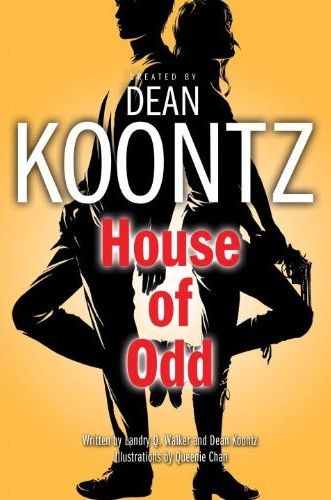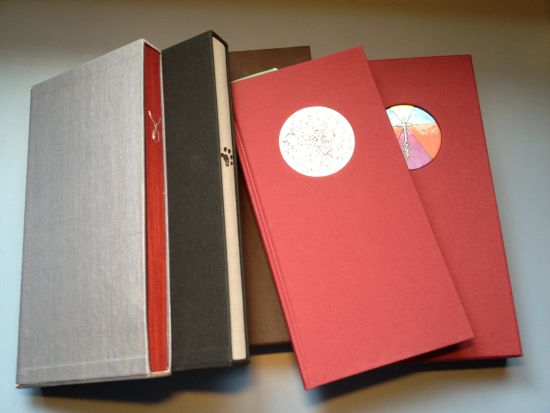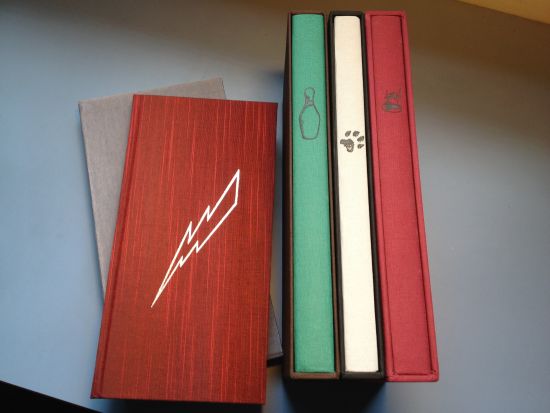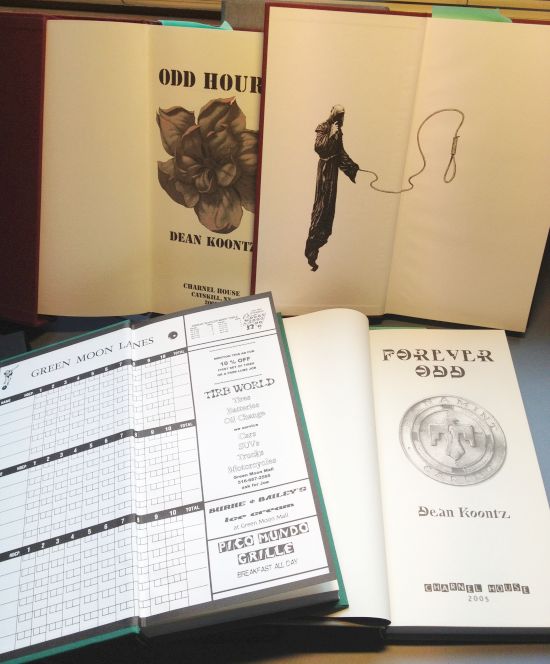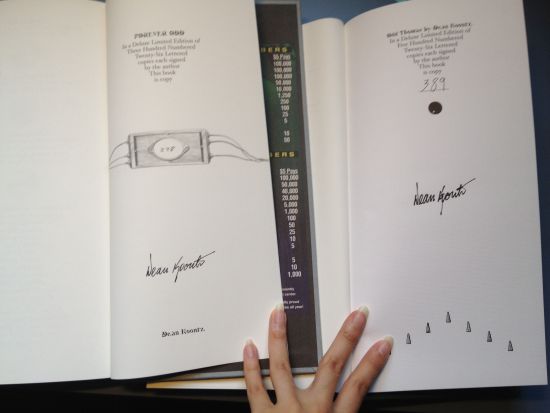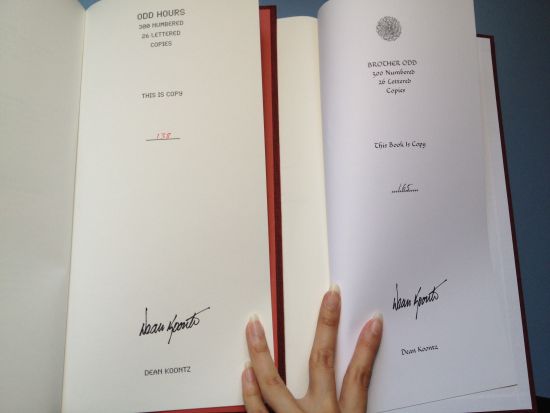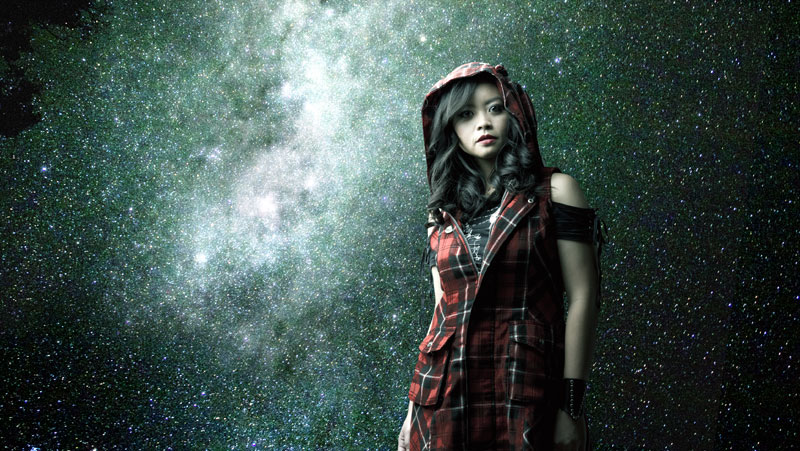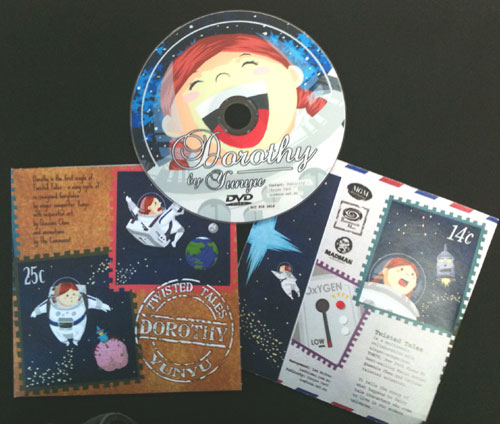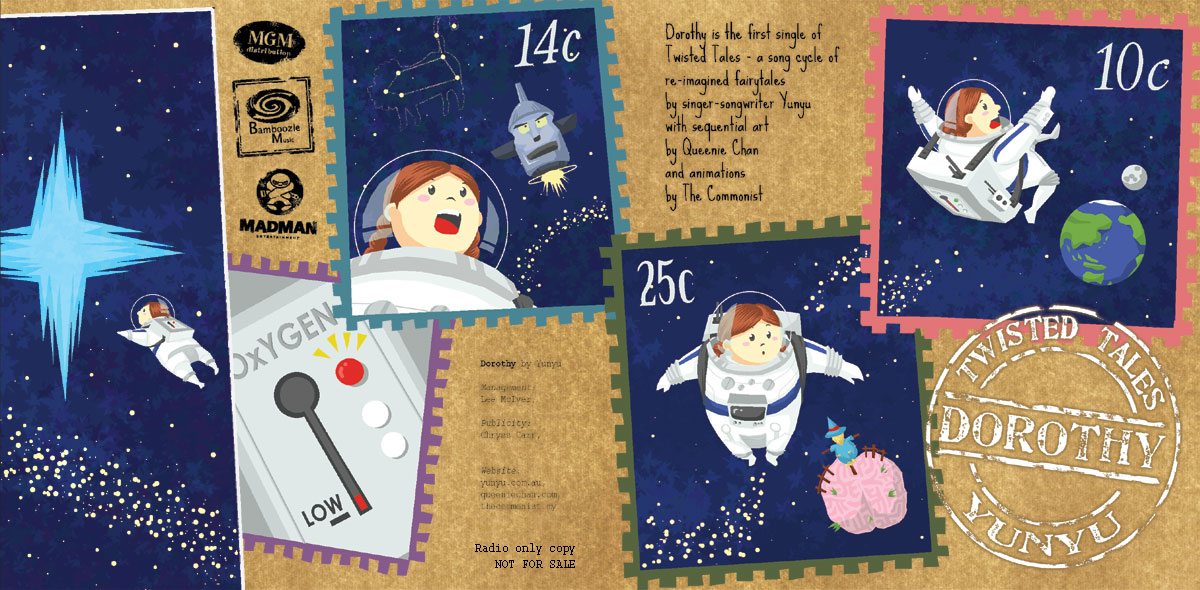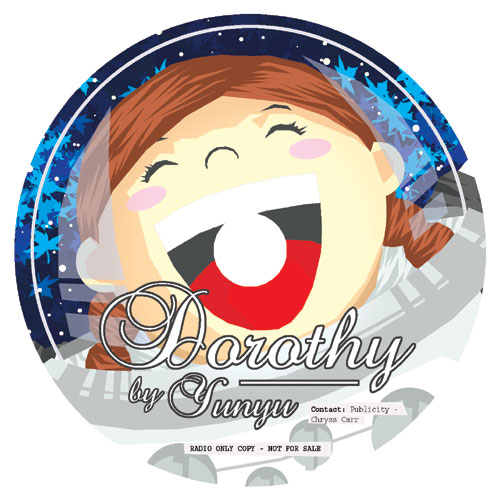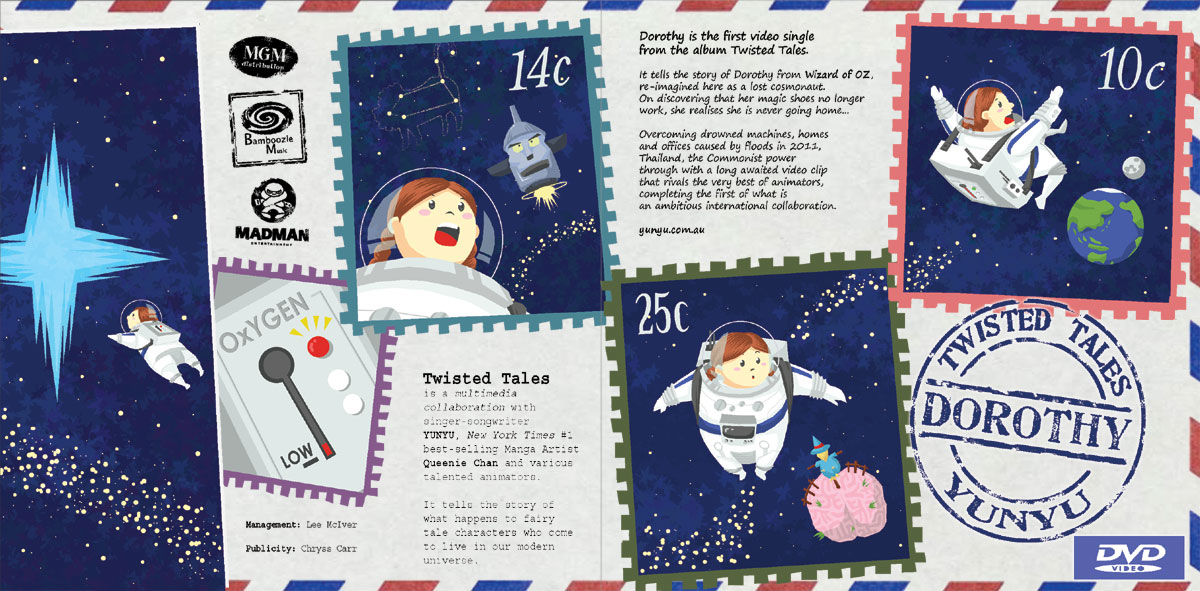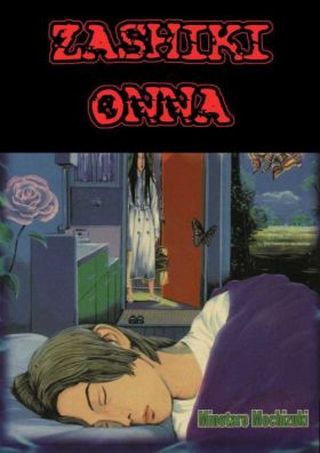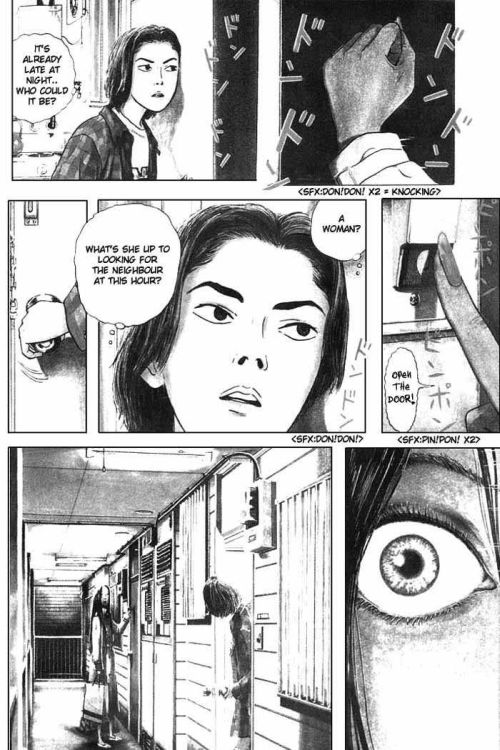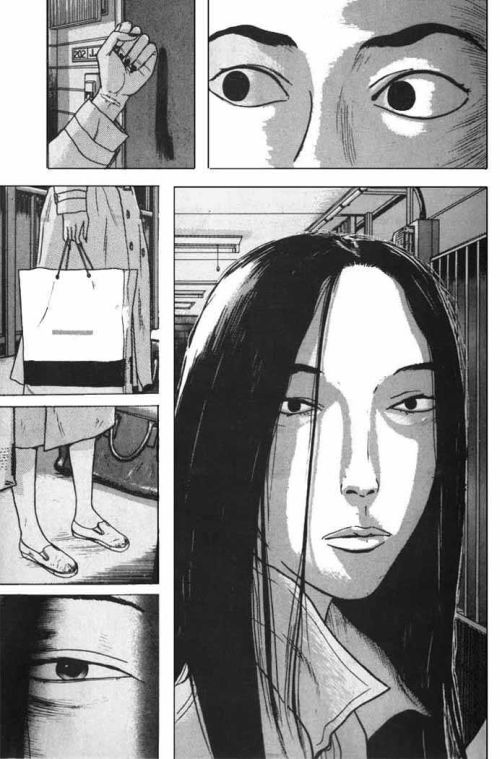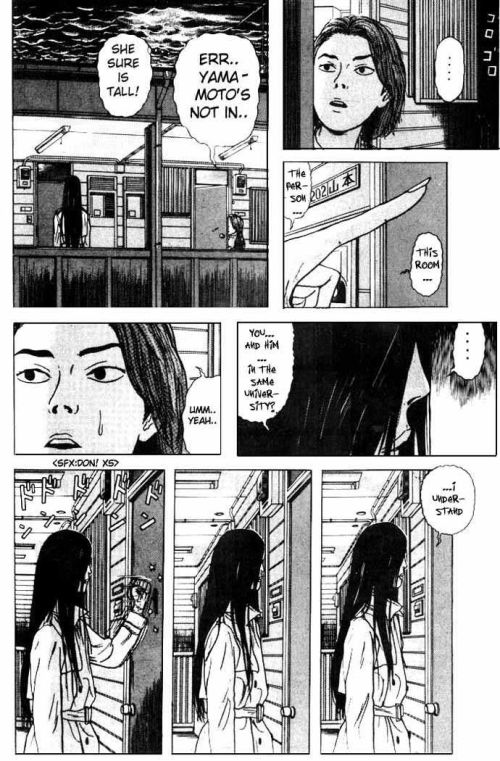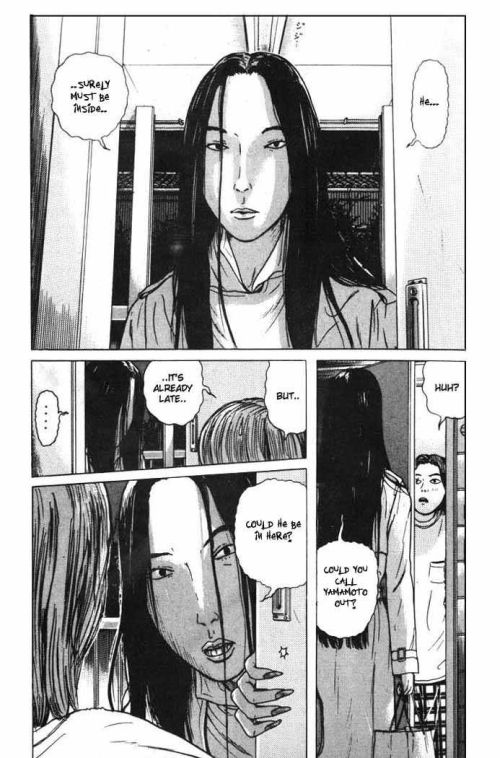Last week, House of Odd was #7 on the New York Times Bestseller List! Many thanks to Landry Walker (writer) and Dean Koontz (original creator)! I should also thank everyone who bought the book as well – I hope you all enjoyed it!
Other news this week will be my new 10-page short story, We Are The Pickwicks. This was done as part of a “Peter Pan”-themed anthology with the folks at BentoComics.com, and this time I chose to do things a little differently. I decided to mix comics and prose together, in a hybrid form I call Comics-Prose (I used to call this ‘Graphic-Prose’, but I realise ‘Comics-Prose’ is a more accurate description).



Click here to read the next page –>
What is Comics-Prose?
It’s a story-telling medium that combines both prose and comics. This is not like a picture book, where there is usually a block of text, accompanied by illustrations that may or may not have anything to do with the text. Instead, this looks to integrate the comics into the prose, to make a single, coherent narrative. Reading both the comics and the prose is necessary.
Now, I’m not the first person to combine prose and comics, but the difference here is that most attempts of this kind I’ve seen have pages of comics, followed by pages of text. This can make for an unbalanced reading experience. In comparison, I did mine with comics and prose integrated on EACH page, which means there’s no prolonged chunks of prose or comics alone. I feel it makes a more immersive reading experience.
How Did This Come About?
In 2010, I was approached by author Kylie Chan, who showed me her (yet unpublished) book Small Shen. It was the prequel to her best-selling White Tiger Fantasy series, and she asked me do something “graphic novel-related” with it. I took this to mean some kind of adaptation. Now, anyone who has ever done an adaptation knows how hard they can be. Generally, it involves taking a hacksaw to the original script and eliminating entire side-plots, so the story can fit under a certain number of comic pages. This has to be done due to time and money constraints, and like film adaptations, there’s little that can help the chopping and cutting.
I’ve always wished things were different, so when I started adapting Small Shen, I tried to preserve Kylie’s “voice” as much as possible, while still bringing engaging art to the story. Prose authors who are unfamiliar with comics can often find adaptations of their work a brutal process – comics can give the impression that it’s 50% writing, and 50% art, but that’s not really true. The real split is closer to 30% writing and 70% art. The reason for this split is because even though you can have the world’s greatest script, an incompetent artist can ruin it with bad story-telling, inexpressive art and paneling that’s hard to follow. Conversely, if you have a good artist, you can elevate an average script into a good story. This difference is even more pronounced when it comes to adaptations – the original author often finds their “voice” reduced to just tinkering with the dialogue, while the artist gives shape and form to everything else. For prose authors, who are used to being masters of their own universes, it can be deeply unsettling.
Small Shen had a lot of un-cuttable conversations, so instead of pages of talking heads in comics, I decided to just leave it in prose. This then led to leaving entire paragraphs in prose, only adding panels and pages when called for, and when I was done adapting Small Shen to script form, I had something that I found quite special. This gave me the confidence to write a short story, entirely from scratch, in such a prose-comics hybrid form. That story was We are the Pickwicks.

